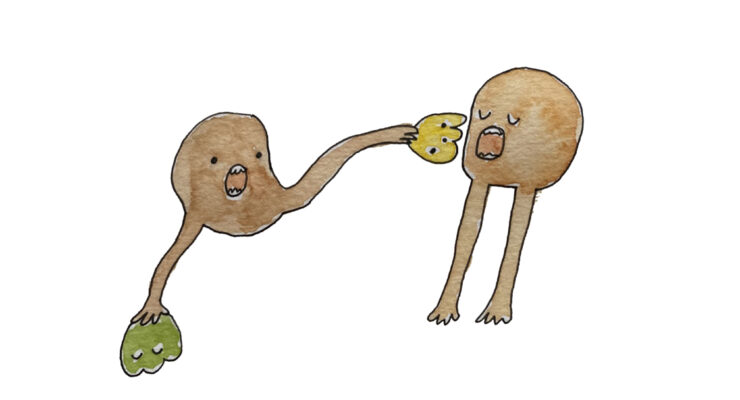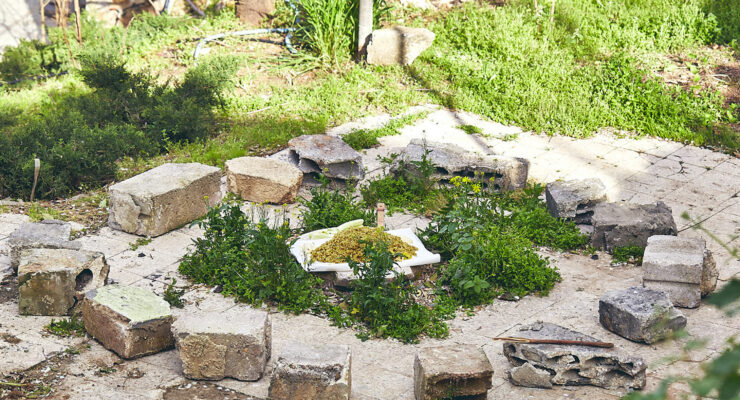The taking and giving of land and sea
European designer Ruth Kluckers is a recent graduate from the Design Academy Eindhoven. A vegetarian since she was 6, she used spend time on organic farms as a child where she learnt early on about food. While studying in the Man and Food Department she did her internship at the Cornish Seaweed Company in the UK, where she lived in a friend's van. This became her main inspiration for her ongoing project 'A Drive For Seaweed'.
What is ‘A Drive For Seaweed’ and how did it start out?
With A Drive For Seaweed I am proposing an alternative living environment that allows me to adapt my personal rhythm to my food source – the seaweed itself. The living environment I slowly created on the back of a truck gives me the chance to harvest, process and cook the seaweed on the spot. Furthermore, it invites people to come and try the hand harvested seaweeds. The displayed objects carry seaweed related stories and it all evolved out of a post speculative design practice.
What is it about seaweed that captured you?
Plentiful in the wild, eco-friendly and highly nutritious, seaweed has been used by man since our earliest history. Especially at this time in Europe it is time to open our eyes again to the potential of this rich natural and alternative resource. My personal fascination about seaweed lays within its habitat. The intertidal range and the endless process of the tidal movement. Taking and giving of land and sea. This very specific place is where the seaweed grows and where people have to adapt their rhythm in order to harvest it. While working with the Cornish Seaweed Company I was able to learn professionally about sustainable harvesting methods and all the fascinating facts about seaweed.
Graduating from the Man And Food Department at the Design Academy Eindhoven was where I explored seaweed more creatively, researching its history and the way it relates to our food culture and where I started designing seaweed related objects like a moon harvesting calendar for example.
Can you tell us more about the moon harvesting calendar?
We are always aiming for a very low tide to reach most of the seaweed species while harvesting. With full and new moon, gravity is strongest and the low tides get extremely low which then creates the rhythm we harvest: one week on one week off roughly.
There are species like Sea Spaghetti for example which grow further away from the shore and are often still covered with water during a low tide. For this species it is best to free dive and cut under water with scissors.









